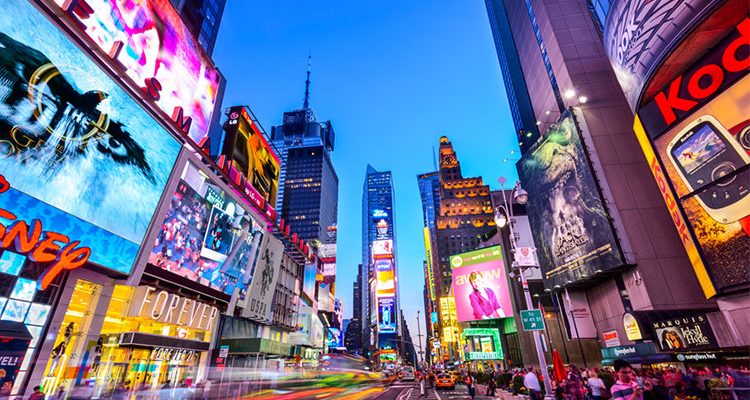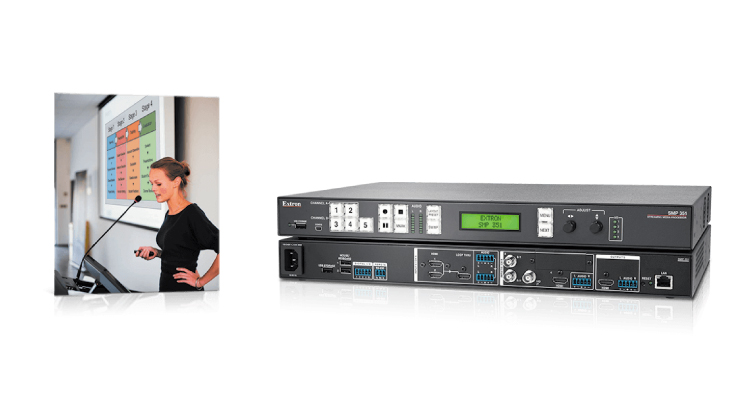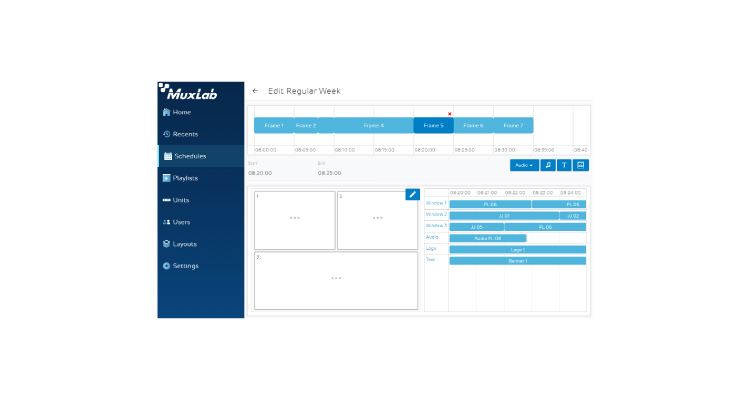What I Learned About the Digital Signage Industry (Year One)

I really hope everyone is doing the best they can to get through these challenging times. Allow me to share my professional experiences, which include working over the past 35 years in the following industries: film/video production, data storage and backup, network and telecom, video managed services; AV design and integration, and digital signage.
Although I have experienced “digital signage” during my AV integration career working with several enterprise clients, the signage components were minimal, and the scope of the project was simple — show the same automated content on some displays around a large open area space.
This strategy is no longer adequate. Clients now experience higher value proposition of various digital signage applications. The importance of the end user experience directly equates to the mission criticality of digital signage. If those in charge of the project do not consider the Return on Experience (ROX) for the end users, then the project is probably not that important and will either have very little budget assigned and/or few human resources involved. As time goes on, the project may get abandoned, updated or replaced — which could create downtime and higher overall costs.
Applications to Match Your ROX
Digital Signage is like an umbrella covering many aspects of content creation, design and utilization. Examples include: procedural animation, retail kiosks, digital menu boards, financial and sports tickers, triggers, wayfinding, widgets, audio and visual customization, and others.
What is the use case? What is the purpose of acquiring this new technology (hardware, software, services and support)? What are the goals of the project? Are you going for the “WOW” factor? Will it provide critical information? Is it focused on a sales and marketing function? Do you want to educate associates, clients and/or vendors? Do you have to provide a new environment that complies with the Americans with Disabilities Act?
Understanding Your Audience
Think about your audience and their point of view. Who is using this space? Is the space enclosed or an open area? Are the users stationary for a period of time or passing by your digital signage? How far away are they from the digital signage? What senses (see definitions link below) do you want to stimulate? What will they focus on? What emotions will they feel? Will the content be impactful? For example, should the media loop be designed for two minutes or twenty minutes? Should you add theatrical lighting to increase the attention to your digital signage display? By the way, the distance from the viewer to the digital signage device will dictate the configuration/specifications needed for that device (i.e display, kiosk, video wall, projector, etc.) including appropriate aspect ratio, pixel pitch and resolution (see definitions link below).
The answers to these questions will help you and your team build the structure for your content strategy and planning. By the way (not to put a damper on your enthusiasm, but to be aware), I had conversations with associates about catching the eyeballs of the audience because many people (regardless of age) may be focused on their phones rather than looking up when they walk. I did some research and found this Healthline piece on phone addiction. In it, Rebecca Joy Stanborough writes,
“There is a similarity between behavioral addiction and cell phone overuse: the triggering of a chemical in the brain that reinforces the compulsive behavior. Your brain contains several pathways that transmit a feel-good chemical called dopamine when you are in rewarding situations. For many people, social interaction stimulates the release of dopamine. Because so many people use their phones as tools of social interaction, they become accustomed to constantly checking them for that hit of dopamine that is released when they connect with others on social media or some other app.”
Components of a Successful Digital Signage Project
Content is King or Queen as the saying goes. Choosing the proper content and design of that content at the start of a project will greatly enhance the chances of a successful deployment. When you talk about Return on Experience, content is just as important as the hardware or software. In fact, the complexity, resolution and type of content will dictate the correct type and configuration of equipment. For example, 8K resolution videos projected onto a cyclorama require multiple 8K projectors blended together to form a continuous stream of 8K videos using a high-end media player with multiple high-end video capture cards. Content costs should be planned and budgeted accordingly. As you probably know, it is easier to create a healthy content budget out of the capital dollars initially than it is to pull that money from marketing later.
Management of Digital Signage Projects
In some cases, these projects are managed by the operations or IT team and the advertising, corporate communications or marketing team is not brought in until the final stages. This results in lack of ownership for the content side of the project. The team in charge should be decided prior to the start of any digital signage project, whether it is an internal or external resource. Staffing, if available, with a training regime is preferred. Otherwise, you will need complete automation. It is a good idea to have additional staff trained in case any of your primary people are unavailable.
Components of the Content Management System (CMS) Software
The CMS software should enable the following features: Status of equipment condition, settings and configuration; Users: ability to manage user accounts or user groups; Reporting on actions taken by the users (which content they created, changed or deleted for example); Media: Upload and manage various types of content, such as media loops, RSS feeds, videos, etc.; Create and design Layouts and templates; Create smart Campaigns, playback previews, all with various types of transitions; Multiple Schedules per screen or group, linear and nonlinear, along with notifications. Content can be kept fresh by continually updating the playlists according to your content plan and making any adjustments based on metrics. Your content plan should take into consideration who will see the content, how often, when they will see it, how long they will dwell and what you want the content to do — all of which are part of knowing your audience. Cover as many of the senses to as possible for an immersive experience. What do you want them to see (visual), hear (aural) and interact with (touch)? If you can also include the other two senses, taste and smell, then you will really be providing an immersive experience.
There is a lot more to cover, which I will include within future editorials. Thank you for your time and I hope you found this column interesting and helpful. Here is a link to a list of keywords and definitions I’ve found helpful in the digital signage industry.





